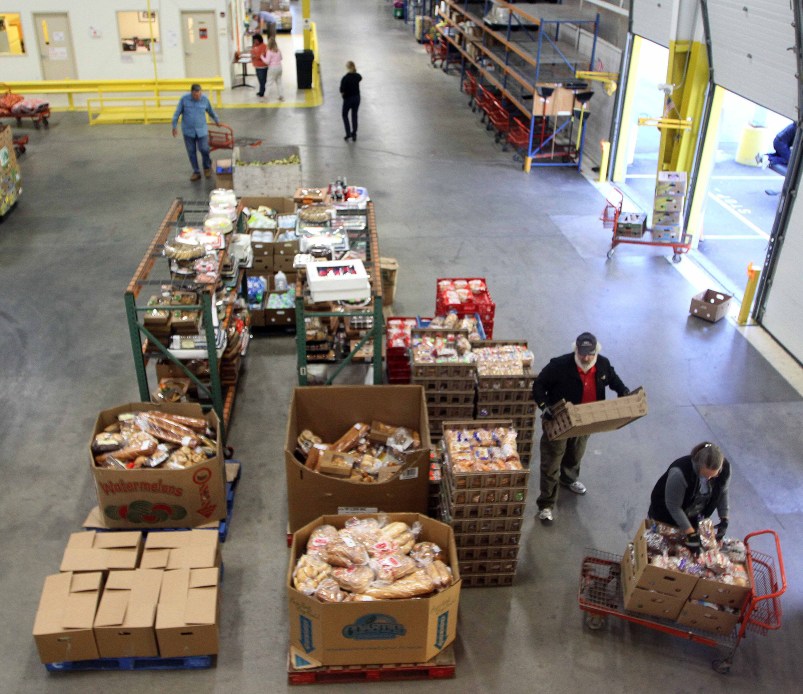WASHINGTON (AP) — More than 47 million Americans who receive food stamps will see their benefits go down starting Friday, just as Congress has begun negotiations on further cuts to the program.
Beginning in November, a temporary benefit from the 2009 economic stimulus that boosts food stamp dollars will no longer be available. According to the Agriculture Department, that means a family of four receiving food stamps will start receiving $36 less a month.
The benefits, which go to 1 in 7 Americans, fluctuate based on factors that include food prices, inflation and income. The rolls have swelled as the economy has struggled in recent years, with the stimulus providing higher benefits and many people signing up for the first time.
As a result, the program has more than doubled in cost since 2008, now costing almost $80 billion a year. That large increase in spending has turned the program, now called the Supplemental Nutrition Assistance Program, or SNAP, into a target for House Republicans looking to reduce spending.
Negotiations on a wide-ranging farm bill, including cuts to the SNAP program, began Wednesday. Five-year farm bills passed by both the House and the Senate would cut food stamps, reductions that would come on top of the cut that will go into effect Friday. But the two chambers are far apart on the amounts.
Legislation passed by the GOP-controlled House would cut food stamps by an additional $4 billion annually and tighten eligibility requirements. The House bill would also end government waivers that have allowed able-bodied adults without dependents to receive food stamps indefinitely and allow states to put broad new work requirements in place.
The Senate farm bill would cut a tenth of the House amount, with Democrats and President Barack Obama opposing major cuts.
Farm-state lawmakers have been pushing the farm bill for more than two years, and Wednesday’s conference negotiations represented the opening round in final talks. If the bill is not passed by the end of the year and current farm law is not extended, certain dairy supports would expire that could raise the price of milk. Farmers would start to feel more effects next spring.
“It took us years to get here but we are here,” House Agriculture Committee Chairman Frank Lucas, R-Okla., said. “Let’s not take years to get it done.”
The biggest obstacle to a final bill is how far apart the two parties are on food stamps. Lucas said at the conference meeting that he was hoping to find common ground on the issue, but House GOP leaders such as Rep. Eric Cantor, R-Va., have insisted on higher cuts, saying the program should be targeted to the neediest people.
House Minority Leader Nancy Pelosi, D-Calif., sent out a statement as the meeting opened that said food stamp recipients “deserve swift action from Congress to pass a bill that provides the much-needed nutritional support for our children, our seniors, our veterans and our communities.”
As Congress debates the cuts to the program, charities say they are preparing for the farm bill reductions as well as the scheduled cuts taking place Friday.
“Charities cannot fill the gap for the cuts being proposed to SNAP,” said Maura Daly of Feeding America, a network of the nation’s food banks. “We are very concerned about the impact on the charitable system.”
Daly says food banks may have to as much as double their current levels of distribution if the House cuts were enacted. The Congressional Budget Office says as many as 3.8 million people could lose their benefits in 2014 if the House bill became law.
___
Follow Mary Clare Jalonick on Twitter at http://twitter.com/mcjalonick
Copyright 2013 The Associated Press. All rights reserved. This material may not be published, broadcast, rewritten or redistributed.






